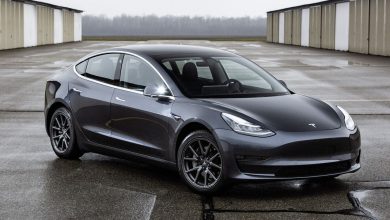
Tesla’s performance in the first quarter of the year narrowly missed Wall Street estimates, even though it clocked a rise in its sales due to the steep price cuts of its four EVs. For the first quarter of the year, the automaker recorded $23.32 billion in revenue – an annual increase of 24% – on the back of its price-cutting spree.
Read the full coverage on The Tech Portal.




